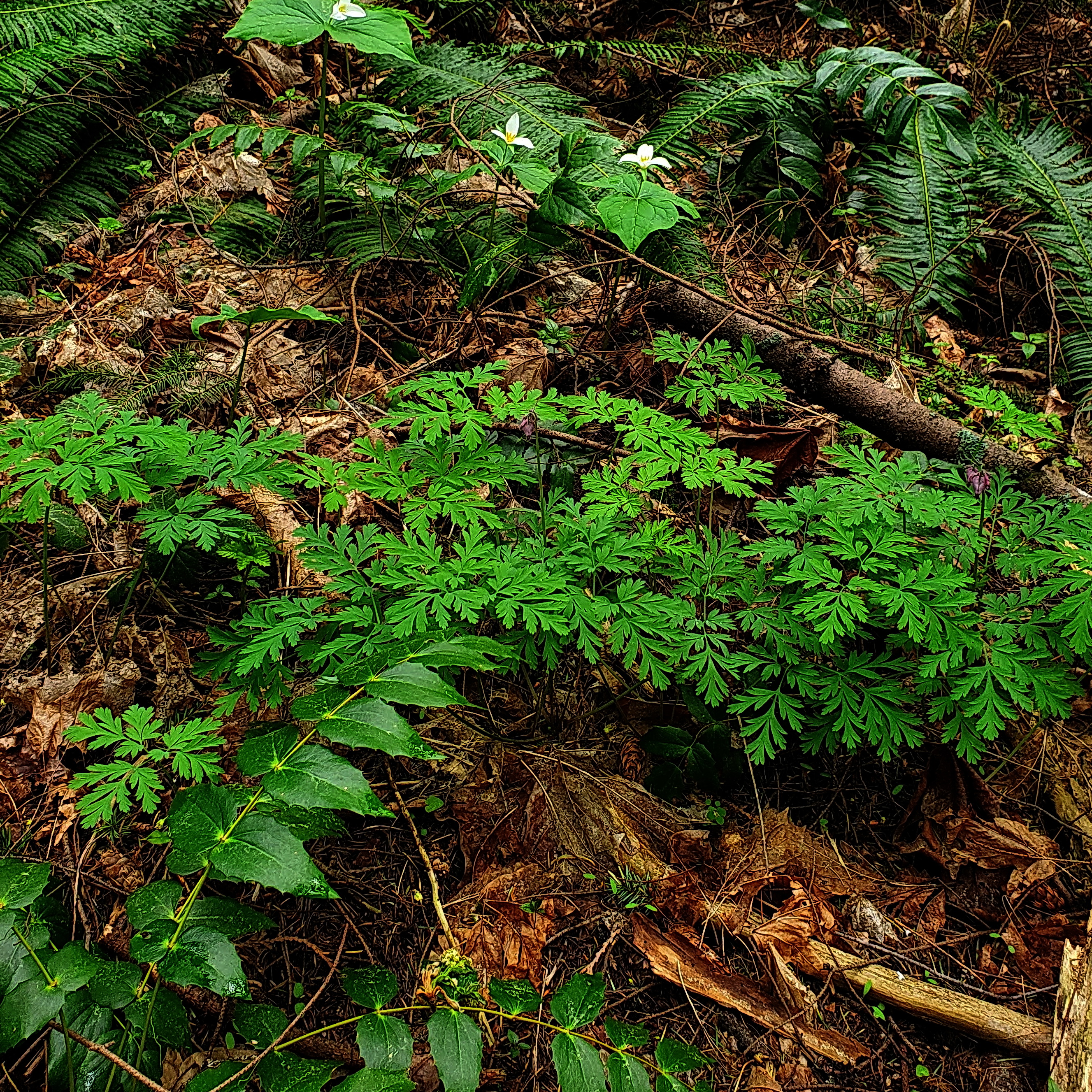I was feeling grateful on a recent spring morning as I walked through the forest on Elk Hill. I could barely make out the “scar” in the understory where we rolled off Ivy a decade ago. Oregon Grape and Sword Fern had recovered, and early forbs were out in force — Bleeding Heart, Starflower, Tiarella, Claytonia, and a few Trillium. It seemed like the years of restoration work had all been worth it.

It didn’t happen overnight. The work on Elk Hill began in 2007 when Kerry Marl, an ex-Forterra AmeriCorps intern, brought her skills to Everett and convinced the City to open up a section of Forest Park for restoration by volunteers. In the next five years the “Stewards of Forest Park” held over 30 work parties on Elk Hill, logging about 600 hours before Kerry left town for a full-time teaching job. Since then, I have logged another 500 hours on Elk Hill working solo. In 2013 The City of Everett joined Forterra’s Green Cities program and began hosting work parties all over Forest Park including another 100 hours on Elk Hill.

What have 15 years and 1200 hours achieved? In the 3 acres of forest canopy on Elk Hill, Ivy coverage has gone from over 75% to less than 5%. Holly, Laurel, and Himalayan Blackberry are mostly gone. Keeping up with the scattered Nipplewort, Wall Lettuce, Herb Robert and other re-emerging invasives in the areas under canopy has been taking about 20 hours per year. However, another 40+ hours per year has been needed to control the profusion of herbaceous weeds growing in the ½ acre of “bad edges” spread along ½ mile of forest perimeter. Without this ongoing maintenance, the progress on Elk Hill would gradually have been lost, and in another 15 years Elk Hill might look much like it did when we began in 2007.
When we rolled the Ivy off the slope, we had been careful not to uproot the Oregon Grape and Sword Fern that had survived years amidst the invasive vines. Those evergreen perennials are doing fine, but it has taken a decade for them to begin spreading into gaps in the understory. Their pace has been too slow for my brain to perceive, advancing in forest time, not people time. The forbs are another story. I have clearly witnessed their steady advance one year to the next, filling in “barren” areas of brown duff with hundreds of volunteers. Under the forest canopy on Elk Hill, natural regeneration has far exceeded any progress that “planting, mulching, and watering” could have achieved. Recognizing this awesome power of nature compounds my unqualified appreciation of the fresh, green forbs of spring.